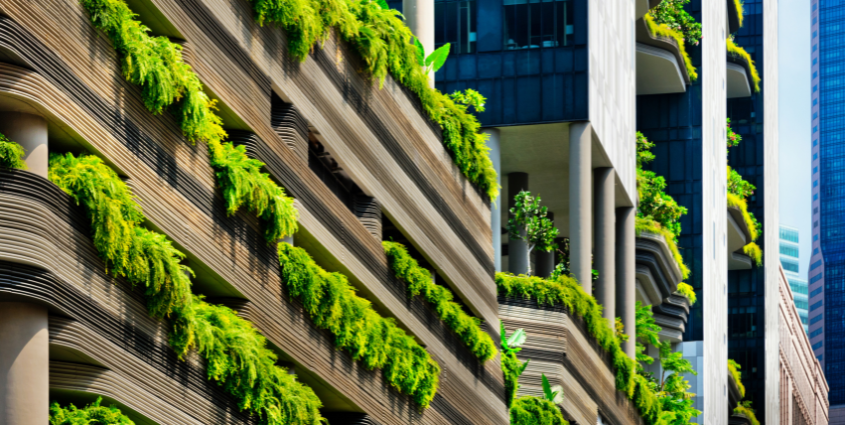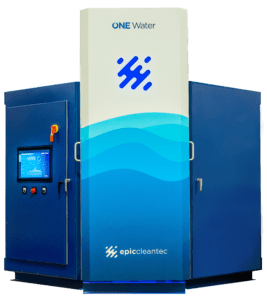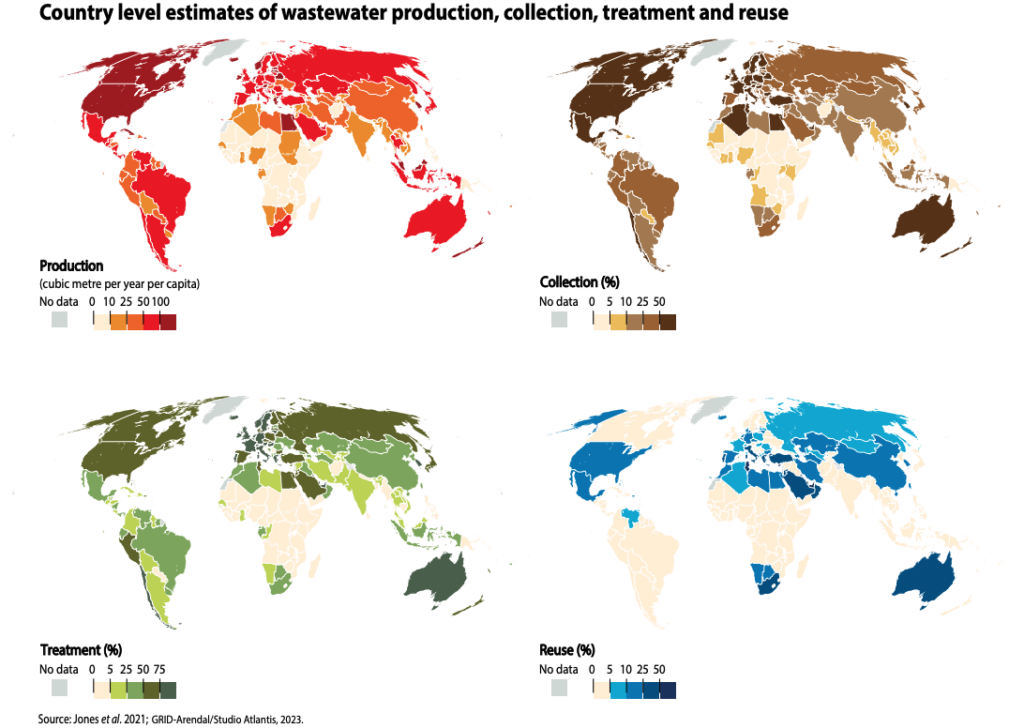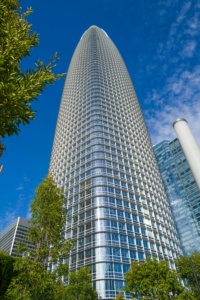From grey to green: how onsite water reuse is transforming urban cities


Onsite water reuse is a transformative practice revolutionizing urban cities by addressing water scarcity and sustainability challenges that have become exacerbated by population growth, climate change, and aging infrastructure. The United Nations projects that by 2050, two out of every three people will live in cities, around 2.5 billion more people than today. There is a tremendous amount of new infrastructure needed to support this growth, and buildings of the future should look to implement technologies that help us conserve and reuse our limited water resources. Onsite water reuse is a sustainable technology solution that addresses the water scarcity challenges in urban settings, contributing to the resilience and long-term viability of cities.
What is onsite water reuse and how can it help?

Onsite water reuse refers to the process of treating and reusing water within the same location where it is created, essentially creating a circular recovery system. This involves collecting wastewater from various sources like sinks, showers, laundry, and even toilets, and treating it in the building using multi-step processes so it’s safe for reuse. Currently, recycled water is only reused in non-drinking, or non-potable, applications such as toilet flushing, HVAC cooling, irrigation purposes, and clothes washing.
In densely populated urban areas where resources are already strained due to aging infrastructure and increased demand, climate change is also a key contributor to our water issues. This comes in the form of too much water as well as too little. About 4 billion people, nearly two-thirds of the global population, experience severe water scarcity at least one month of the year.
While there may not be one perfect solution that solves all our water issues, onsite reuse is a viable option that can help alleviate the pressure on municipal water supplies and support a growing urban environment. By reducing the reliance on freshwater sources and decreasing the volume of wastewater discharged into sewers, onsite water reuse helps conserve precious water resources, promote sustainability, and mitigate environmental pollution.
Economic, social, and environmental benefits of onsite water reuse
Wastewater is a valuable resource from which energy, nutrients and clean water can be recovered. According to the United Nations Environment Programme, only 11% of wastewater produced globally is currently being reused. The untapped potential for reuse is around 84.5 trillion gallons (320 billion m3) per year, with the ability to supply more than 10 times the current global desalination capacity.

With water recycling, such as greywater or blackwater reuse and rainwater harvesting, cities can significantly decrease their water consumption while cutting down on wastewater discharge into the environment. This conserves valuable freshwater resources, helps mitigate environmental pollution and alleviates pressure on centralized wastewater treatment plants.
Water utility and sewer fees vary from city to city, but by reducing the amount of freshwater needed in buildings, owners can expect to save thousands to hundreds of thousands of dollars on yearly utility fees and energy costs. Buildings that implement onsite reuse may also expect to decrease their carbon emissions.
Sustainability is also a great selling point as more people are looking to live, work and support businesses that are doing right by the planet. In fact, 34% of the population is willing to pay more for sustainable products or services. Developers and owners looking for tenants will have a unique selling point by offering futureproof, resilient building features like onsite water reuse systems.
Putting the practice into use
San Francisco, CA is seen as an innovator in water reuse policy. In 2015, it mandated that all new buildings over 100,000 square feet have an onsite water reuse system. This policy shook up the city’s development, and has served as a playbook for cities across the country in developing their own set of regulations. Because of this regulation, the San Francisco Public Utilities Commission estimates there are nearly 50 reuse systems with 30 more in the works. By 2040, the city will save 1.3 million gallons of potable water each day.
 From a building scale perspective, reuse systems can vary in size from 1,000 to 150,000 gallons per day or more. For example, Salesforce Tower plans to reuse 30,000 gallons of blackwater per day, totaling 7.8 million gallons of water per year. According to the company, that’s more than the annual water use of 16,000 San Franciscans. Just south of the city, the in-construction development of Park Habitat in San Jose will recycle nearly 11 million gallons of blackwater per year saving over $150,000 annually in utility fees.
From a building scale perspective, reuse systems can vary in size from 1,000 to 150,000 gallons per day or more. For example, Salesforce Tower plans to reuse 30,000 gallons of blackwater per day, totaling 7.8 million gallons of water per year. According to the company, that’s more than the annual water use of 16,000 San Franciscans. Just south of the city, the in-construction development of Park Habitat in San Jose will recycle nearly 11 million gallons of blackwater per year saving over $150,000 annually in utility fees.
While a more circular approach to wastewater management is gaining traction and improving resilience, building design, and restoring ecosystems, it doesn’t come without reservation. Regulatory hurdles, upfront costs, and public perception can cause roadblocks to widespread adoption, however, the biggest hurdle may be lack of awareness. As more people begin to embrace circularity, cities can provide a framework to further develop comprehensive strategies for water management and encourage implementation of technologies, like onsite water reuse, that provide solutions to our water woes.
Transforming our cities from grey to green won’t happen overnight, but rather one drop at a time. Through collaboration between government, industry, and community stakeholders, onsite water reuse can be a leading path toward a more sustainable and efficient water management system for urban areas in the long run.
Find out how you can transform your next project with Epic Cleantec.

